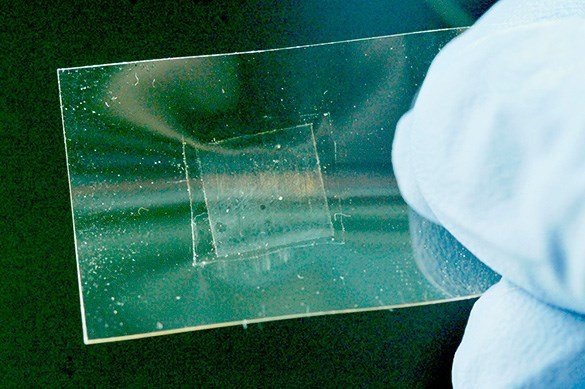
In the Siberian Institute of semiconductor physics named after A.V. Rzhanov invented the USB flash drive, memory which is based on the use multigravida. The technology allows to significantly exceed the efficiency of modern analogues.
Graphene is a material which consists of carbon atoms forming the crystalline lattice layer one atom.
The principle of the new stick is based on the injection and storage of electric charge in the storage environment multigravida (created by combining several layers of graphene). The essential components of this flash memory are tunneling and blocking layers. The first is made of silicon oxide, the second usually from a dielectric with a high dielectric value.
The efficiency of the flash memory depends on the size of the output for a storage medium — the energy that is spent on the removal of an electron from a substance. Multigrain "sandwiched" between the tunneling and blocking oxides, represents a deep potential well where the charge is thrown off and where then stored for a long time. This gives the possibility to optimize the geometry of the flash memory.
However, this design of the stick there are a number of flaws. For example, thicker tunnel and blocking layers used in this technology will inevitably lead to a decrease in performance.
Geaphenr really is a marvelous new technology and will change tons of different things.